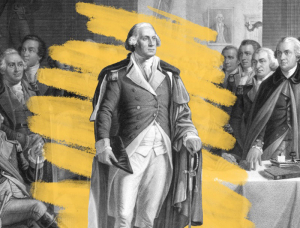The U.S. had a lost state called Franklin.
After the American Revolutionary War, the 13 colonies once under British rule became the first 13 U.S. states. But the actual borders of the fledgling country weren’t set in stone. European settlers had started to drift westward past Appalachia, and the Continental Congress was divided on how to handle the expansion. It was amid this postwar confusion that the state of Franklin was born, located on Overhill Cherokee land between the Appalachian Mountains and the Mississippi River.
The four-county region, which is now part of Tennessee, was originally part of North Carolina before the state ceded the land to Congress. The settlers who lived there worried the land would be sold off to Spain or France to pay off war debt, so North Carolina tried to retract its decision. Rather than wait to see how that shook out, the settlers formed their own state, originally called “Frankland” but later changed to “Franklin,” and petitioned to have it included in the union. That effort failed, so the people of Franklin took a big leap.
On August 23, 1784, Franklin declared independent statehood; its residents wrote their own constitution, appointed a president, and negotiated treaties with Indigenous peoples. The state even instituted its own currency-free barter system — but its economy was so weak that it was forced to approach Spain for aid. With no federal recognition and facing financial instability, Franklin officially rejoined North Carolina in 1789.







